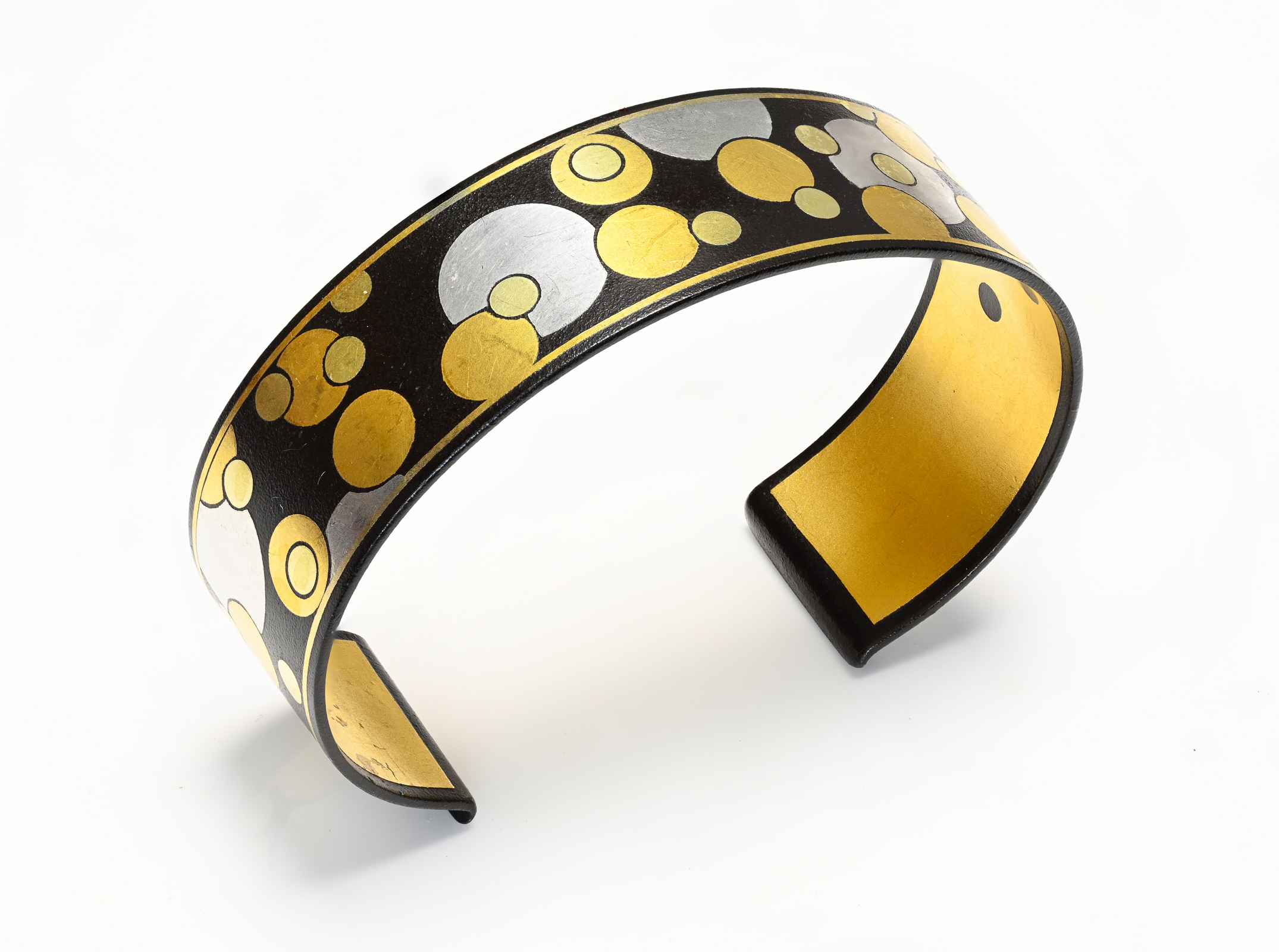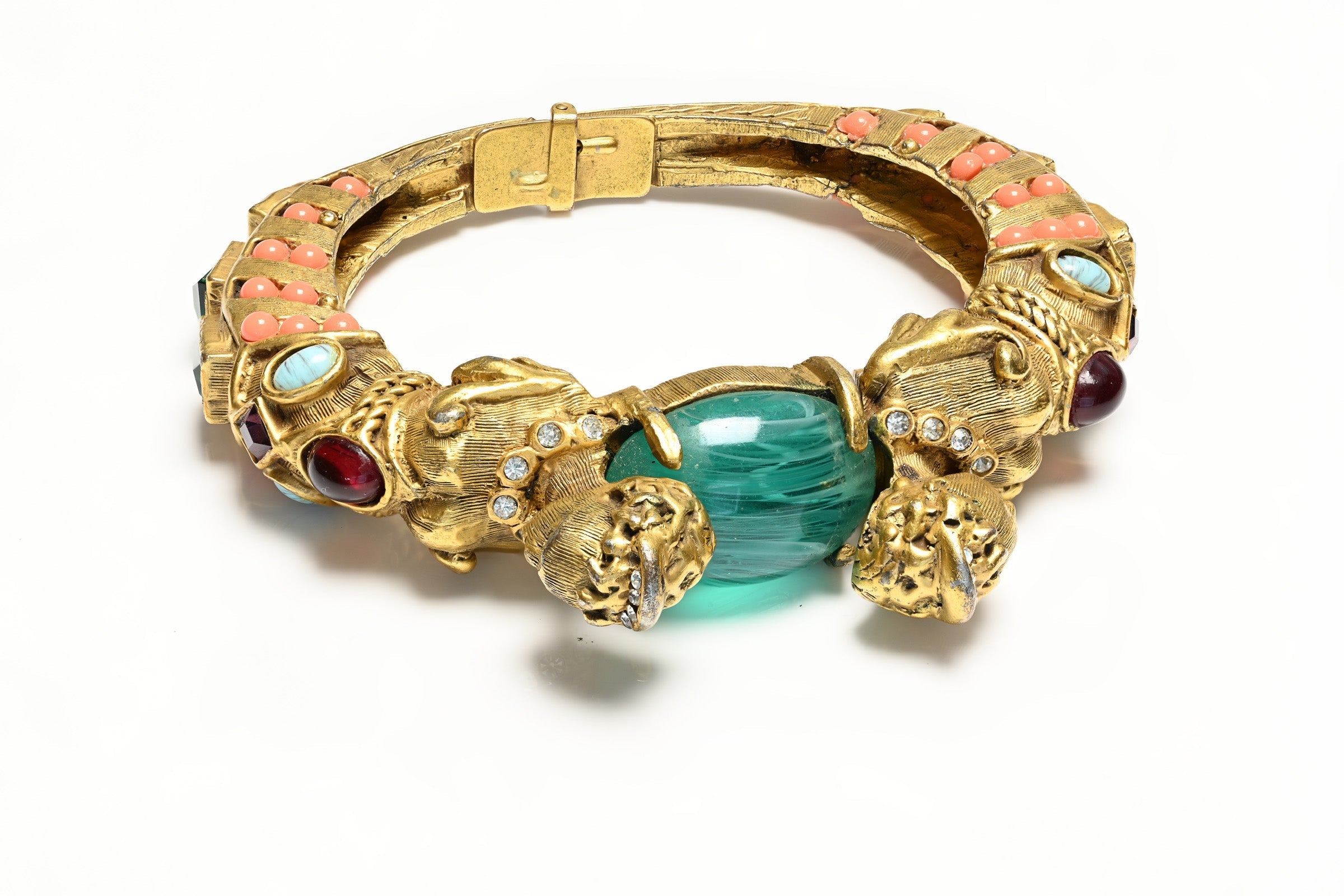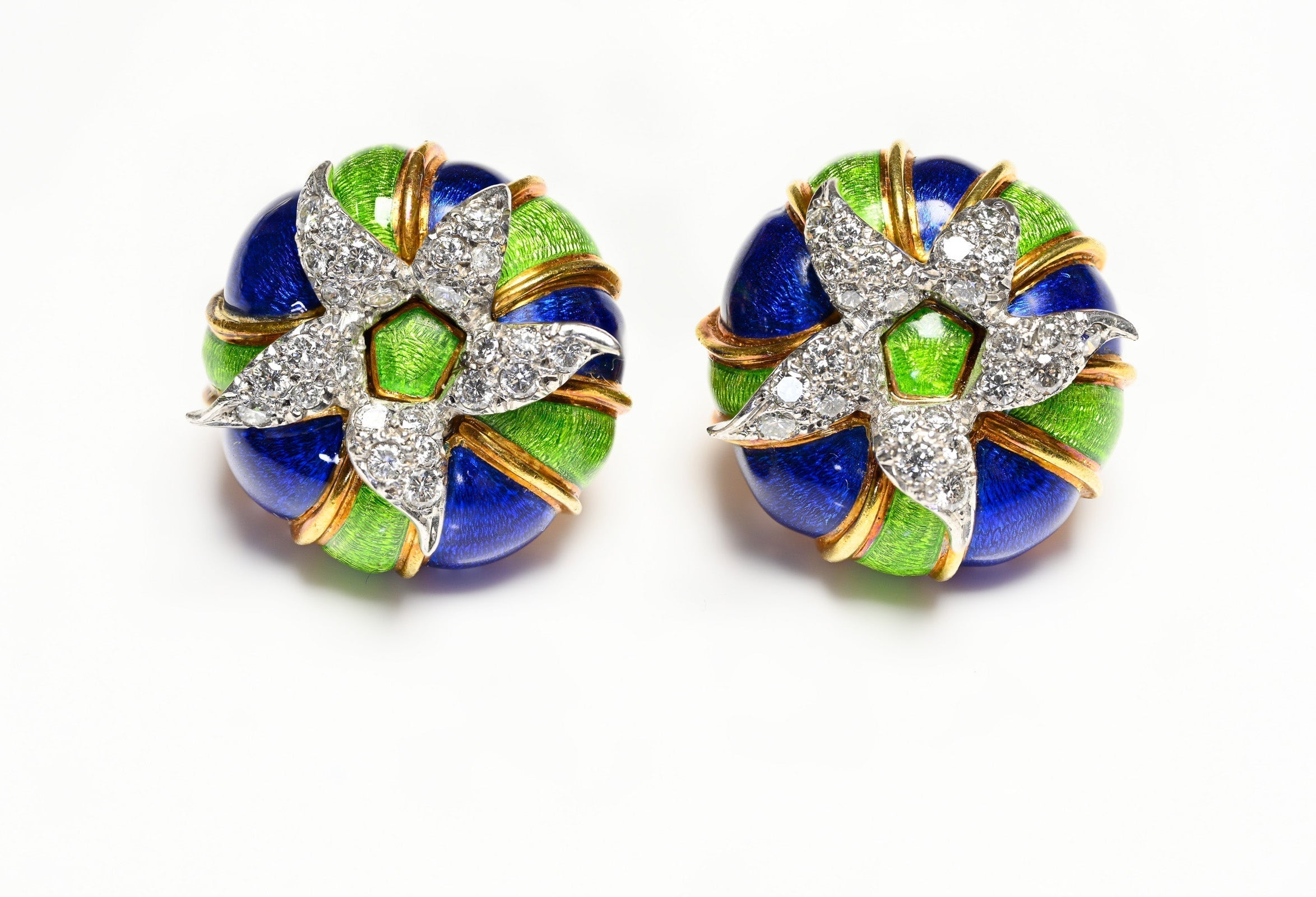
Angela Cummings Jewelry: A Tribute to Everlasting Beauty
Angela Cummings is highly esteemed in the jewelry industry, and with good reason. Her creations, which draw inspiration from natural themes, have become timeless works of art cherished by collectors and admirers alike.
Her jewelry reflects the beauty of nature, incorporating elements such as branches, leaves, and her signature gold rose petal patterns. Each piece is a tribute to the natural world, transformed into wearable art.
Angela Cummings Jewelry is renowned not only for its stunning design but also for its flawless craftsmanship and meticulous attention to detail. The creativity and imagination poured into every piece make them true masterpieces. Cummings' designs draw inspiration from architecture, landscapes, and artistic traditions from around the globe, making her work both innovative and culturally rich.

In 1968, at the age of 23, Cummings moved to New York and immediately began working for Tiffany & Company. Under the guidance of Donald Claflin, she flourished and eventually launched her own line for the prestigious jewelry house in 1975. Her debut pieces were made of 18K gold and featured inlays of coral, opal, mother-of-pearl, jade, lapis lazuli, and wood.
Her designs celebrated the beauty of nature, with motifs ranging from dragonflies and feathers to shells and seafoam. Cummings' creativity was boundless, and she continuously found new ways to express natural elements through jewelry.
One of her most iconic designs is the gold rose petal necklace and earring set, which, according to legend, was inspired by a moment when Cummings accidentally crushed a rose in her hand after being startled by a phone call. This mishap sparked the idea for her most famous look—gold petals that appeared as delicate as real ones.
In 1982, a People magazine article highlighted several of Cummings' noteworthy pieces for Tiffany: a $38,000 necklace made of gold and diamonds, $12,000 earrings shaped like elm leaves, and seagull-inspired brooches starting at $150. She also crafted a $5,800 crocodile-shaped bracelet made of 18K gold and a $1.5 million geometric necklace set with emeralds and diamonds. By that time, her line was generating $10 million in sales annually, according to Working Woman magazine.

While Cummings primarily worked with 18K gold, she also frequently used platinum and sterling silver in her designs. Her ability to pair precious metals with exquisite gemstones was unmatched, creating pieces that were luxurious yet refined. Occasionally, Cummings contrasted these materials with unexpected elements, such as wood, creating a striking blend of textures and forms.
Cummings' inlay technique, known as "damascene," involves embedding gold into iron, resulting in an intricate and detailed surface pattern. This method, combined with her use of vibrant colors, set her work apart in the luxury jewelry industry.
Her bold use of color was particularly notable. At a time when many designers adhered to conventional palettes, Cummings dared to break the mold, using vivid hues that reflected the diverse beauty of the natural world.
In 1984, after a successful career at Tiffany & Co., Cummings opened her own stores under her name. Her first boutique was located inside the prestigious Bergdorf Goodman department store in New York. This marked a significant milestone, as her store was the first of its kind on the main floor of the Fifth Avenue landmark. Spanning 500 square feet, the boutique became a go-to destination for those seeking Cummings' unique designs.
Following the success of her New York boutique, Cummings expanded to other major retailers, including Saks Fifth Avenue, Neiman Marcus, and Bloomingdale's. Her collections also began to include non-jewelry items such as leather accessories and tableware, allowing her to express her creativity in new ways.
Her boutiques were a reflection of her artistic spirit, offering not only jewelry but also an immersive experience. From the careful arrangement of displays to the selection of materials, every detail was meticulously crafted to showcase her work in the best light.

Cummings' first independent collection, launched shortly after leaving Tiffany & Co., featured a mix of gold and silver pieces. While gold had been her primary medium at Tiffany, she embraced silver for her new line, exploring new techniques and materials. Interestingly, she had not been permitted to sign her silver pieces while at Tiffany, so her independent collection marked the first time her signature appeared on such works.
People magazine and Working Woman magazine both praised her first independent collection, noting the variety of materials and the intricate craftsmanship. The collection included affordable pieces starting at $30, as well as more extravagant items priced up to $117,000.
One of the standout designs from this period was a cuff and collar set inlaid with black jade and burnished silver, evoking a zebra-like pattern. Another popular piece was an opal necklace featuring gold links shaped like orchids, showcasing Cummings’ ability to blend natural motifs with modern design elements.
Angela Cummings became renowned for her unique fusion of traditional and contemporary elements in jewelry design. Her mastery of ancient techniques, such as lost wax casting and hand carving, combined with modern aesthetics, resulted in jewelry that was both timeless and innovative.
She seamlessly incorporated modern materials like black jade and South Sea cultured pearls, which allowed her to push the boundaries of jewelry design. Cummings’ willingness to experiment with different materials, from semi-precious stones to leather, gave her work a fresh, avant-garde appeal.
Her fusion of tradition and modernity resonated with both collectors and critics alike, who praised her meticulous craftsmanship and attention to detail. Cummings once said, “I love the design process, and I’m fascinated by the materials. These things are dug from the earth, not man-made, and they possess a beauty that never ceases to amaze me.”
Throughout her career, Cummings incorporated movement into her designs, especially during the 1990s. Twisting stems, curling leaves, and flowing waves became hallmarks of her jewelry, giving each piece a sense of life and dynamism.
Many of her later designs drew inspiration from Asian art, incorporating cloud-like forms and elements of jade. Her ability to fuse East and West in her designs resulted in pieces that were both elegant and culturally resonant.
Her collection from the late 1990s, including the Breakers necklace with waves wrapping around the neck, exemplified this movement. Her work became more abstract during this time, blending metals with precious and semi-precious stones. Encyclopedia noted that her use of peridot paired with gold and diamonds was particularly striking, adding depth and dimension to her pieces.
Cummings' ability to transcend jewelry design and explore new mediums led her to collaborate with major brands such as Estée Lauder and Candie's. In 1997, she partnered with Candie's to create metal accents for a line of shoes benefiting the American Cancer Society. The collection was well received, with prices ranging from $180 to $350 per pair.
Her 2001 collaboration with Estée Lauder introduced the Beautiful Blossom pendant, part of a limited-edition solid perfume line. The pendant, a work of art in itself, became a collector's item, adding to her already impressive legacy.
Cummings also ventured into television retail, partnering with QVC to offer sterling silver jewelry at accessible prices. Her QVC collection was a resounding success, selling hundreds of pieces within minutes of airing.
By the end of the 1990s, Cummings' designs had evolved into more sculptural and abstract forms. CNN’s fashion expert, Elsa Klensch, highlighted the movement in many of her pieces, from twisting vines to curling waves that flowed gracefully around the neck. One of her most memorable designs from this period, the Breakers necklace, featured wave-like forms that encircled the wearer, creating a sense of fluidity and motion.
Cummings’ 1999 collection also included asymmetrical pieces, such as cloud-shaped bracelets and earrings inlaid with jade, reflecting her fascination with organic shapes. According to Encyclopedia.com, her use of peridot with gold and diamonds in these designs added a vibrant touch, blending her love for bold colors with refined craftsmanship.
Angela Cummings' contributions to the jewelry industry are undeniable. Her work, which effortlessly blends nature and luxury, has left a lasting impression on the world of jewelry design. Whether it’s her signed pieces for Tiffany & Co. or her later collections under her own brand, Cummings’ creations continue to be admired for their beauty, craftsmanship, and timeless appeal.
Her jewelry remains a symbol of elegance and sophistication, beloved by collectors, fashion icons, and red-carpet celebrities alike. Each piece she designed is a testament to her enduring influence and vision.
We invite you to visit our website to explore more of Angela Cummings' exquisite creations, which embody the everlasting beauty of fine jewelry.


















